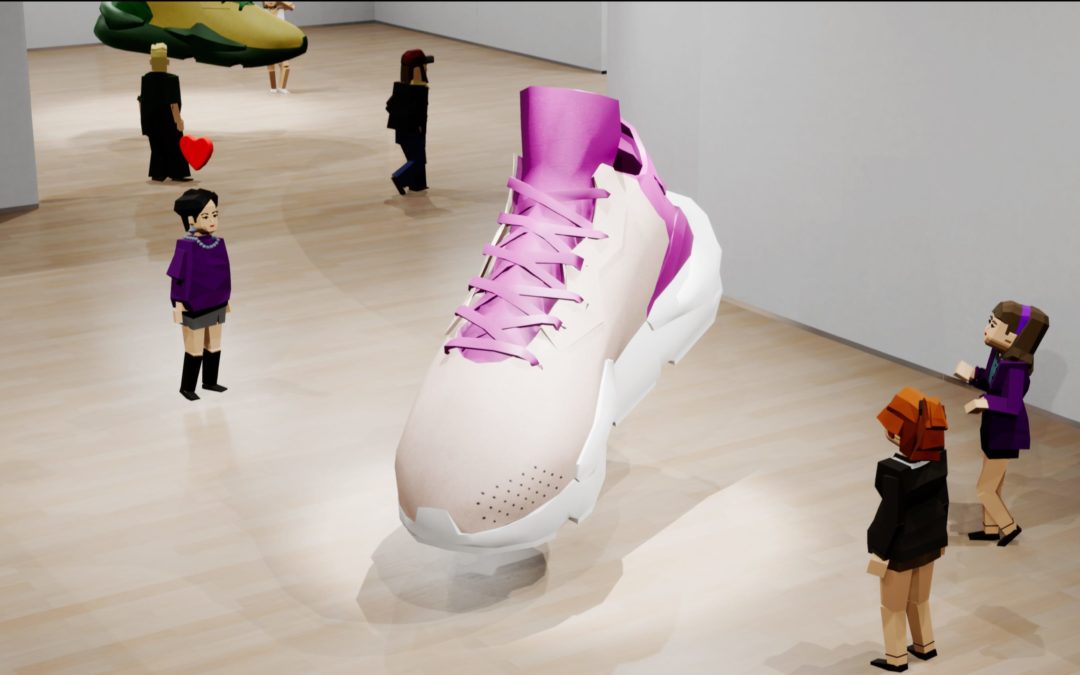Last year, Facebook renamed itself Meta, hinting at what the company sees as the future of their social network, and by extension, the Internet at large.
For many observers, the Facebook-to-Meta name change was the first time they had heard of the metaverse, a virtual world built for collaboration and community. But, since that time, the concept of the metaverse has only grown in popularity and will soon affect the way we work and play online. There’s a good chance that the growth of the metaverse will impact UX design, as well.
So, what exactly is the metaverse and why do some observers see it as the future of the Internet?
There’s no universally accepted definition of the metaverse. Some companies, such as Meta, see the metaverse primarily as a digital “universe” that is accessible through virtual reality platforms such as Oculus. Others see the metaverse as an offshoot of blockchain technology, which aims to make the Internet more open and shareable. Still others view the metaverse simply as the next evolution of the Internet, where it’s easier to buy and sell virtual goods, spend time together in virtual spaces, and even make virtual money.
One feature of the metaverse that most people do agree on is that this new digital space will make it easier for people to collaborate, communicate, socialize, and share with each other. In fact, one vision of the metaverse is a digital world such as Decentraland, a blockchain-based virtual reality where digital avatars can attend concerts, look at art, and even own virtual real estate.
Where does UX design fit into this vision?
While a unifying user experience of the metaverse—like so many other aspects of the idea—is still unclear, there’s clearly widespread interest in making the metaverse more available to more people. Perhaps that will take the form of designing virtual reality or augmented reality interfaces or working on UX design that makes blockchain more accessible.
To help prepare for a metaverse-driven Internet, UX designers should begin to think about some of the big questions behind the technology, including:
- What does the user experience look like in a virtual world?
- How can we orient new users to a new form of the Internet?
- Should metaverse design mimic the “real world” or be something entirely?
- How can we avoid recreating the mistakes of previous generations of the Internet?
We don’t yet have all the answers, but UX designers are poised to be advocates, champions, and gatekeepers of the metaverse. As leaders in understanding the way people use technology, UX designers can bring their skillset to shaping the new form of the Internet, whatever form that might take. At Clear Point, we can’t wait to see what you create.

